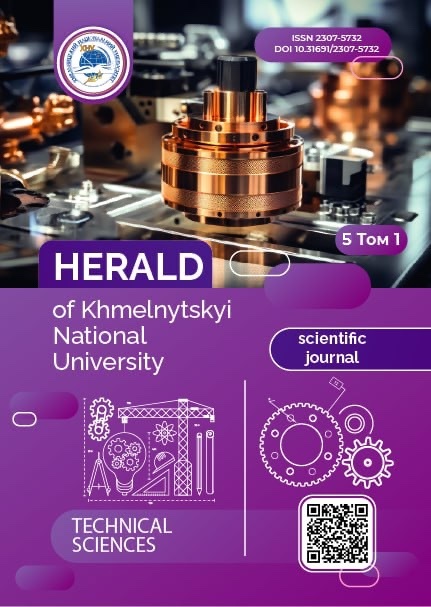RESEARCH OF STRUCTURAL AND MECHANICAL PROPERTIES OF MEAT AS AN OBJECT OF PROCESSING IN MEAT COMMINUTOR
DOI:
https://doi.org/10.31891/2307-5732-2025-357-49Keywords:
supercapacitors , balancing circuits, power supply for radio communication devices, simulation modelingAbstract
This paper provides a comprehensive review of the use of supercapacitors as advanced energy storage elements, emphasizing their advantages over traditional electrochemical batteries in terms of charge/discharge rates, longevity, and operational safety. Supercapacitors are particularly well-suited for short-term energy buffering in systems requiring rapid charge cycles and high reliability. Their ability to be charged from current-limited sources and to supply energy to a broad range of electronic devices makes them increasingly relevant for applications in autonomous and portable systems, including military-grade communication equipment.
A key challenge in the implementation of supercapacitors in high-voltage systems is the necessity of connecting individual cells in series to achieve the required operating voltage. This introduces the issue of voltage imbalance, resulting from inherent variations in cell capacitance and leakage resistance due to manufacturing tolerances or aging effects. Such imbalance can cause overvoltage in certain cells, leading to accelerated degradation, thermal stress, and reduced system reliability.
To address this problem, the paper explores various balancing techniques, including passive resistive methods, active redistribution circuits, and switched-capacitor configurations. Theoretical foundations of each method are presented, followed by modeling and simulation of their behavior in a typical charging application for radio communication devices. The simulations were performed using specialized simulation software designed for modeling electrical circuits and energy storage systems. The behavior of various balancing methods was analyzed within the context of a supercapacitor-based charging unit for radio communication devices. The modeling focused on evaluating the dynamic characteristics, voltage equalization efficiency, and energy losses of different circuit configurations.
The results of the comparative analysis consider multiple criteria such as balancing speed, energy loss, thermal performance, and implementation cost. Based on these findings, practical recommendations are proposed for selecting the most appropriate balancing strategy for use in portable, field-deployable charging systems. The paper emphasizes the importance of optimizing the energy management system to ensure stable operation of radio stations under dynamic and demanding conditions.
Downloads
Published
Issue
Section
License
Copyright (c) 2025 АННА ПЛОЩИК, РОМАН ГОРОДИСЬКИЙ, ОЛЕКСІЙ ВАВРІЧЕН (Автор)

This work is licensed under a Creative Commons Attribution 4.0 International License.

